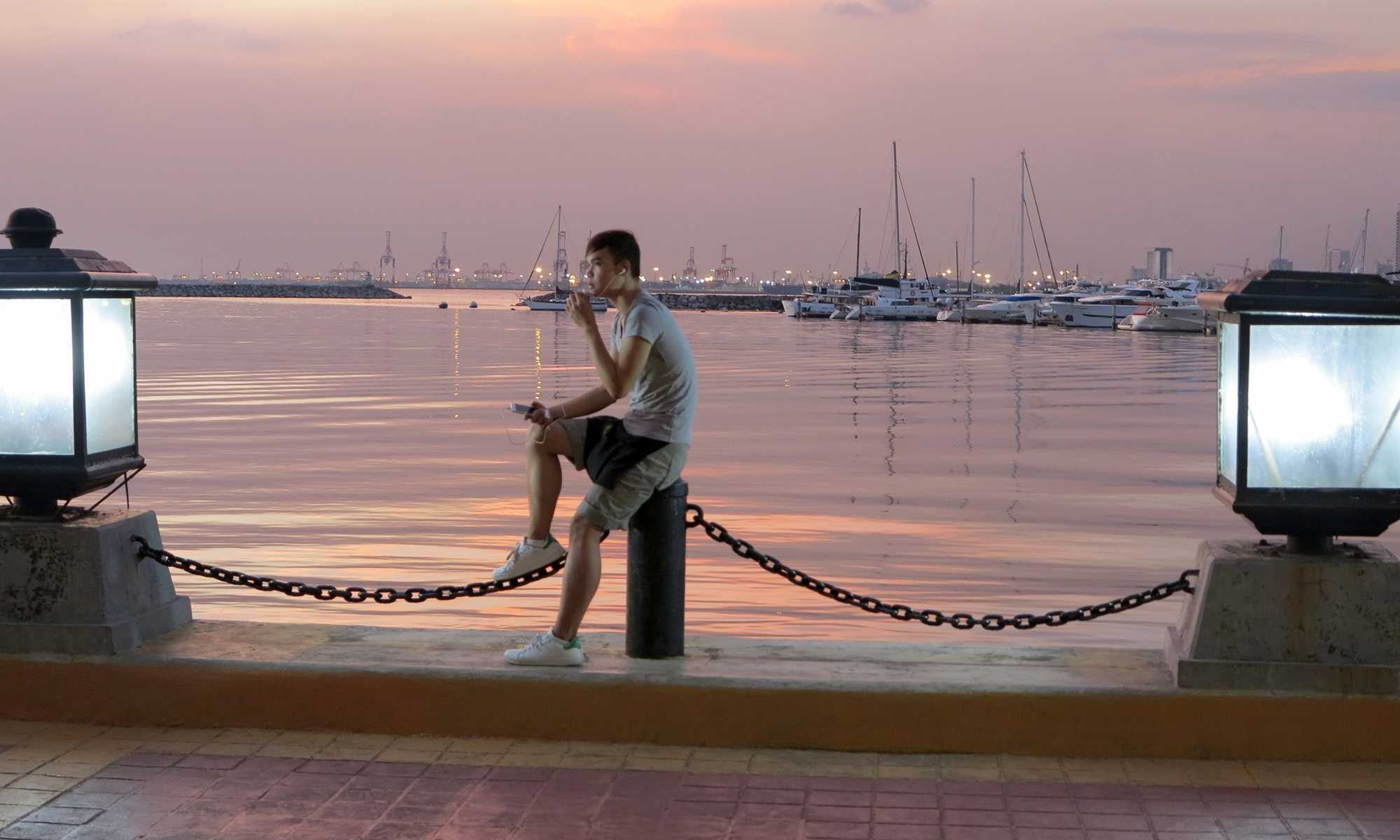Originally posted 2020-10-05 15:00:16.
Dr Peggy Reeves Sanday is best known for her work amongst a tribal people called the Minangkabau who live in Indonesia. They are also called the Urang Padang and are the largest ethnic group on the island of Sumatra, whose traditional homeland is the west-central highlands. While these are notionally Muslim, they actually follow what is locally called an ‘adat’ which is a tribal set of beliefs, permitted under the local form of Islam. There are many of these.

For centuries, the Minangkabau have practised what Sanday calls a ‘modern matriarchy’. In fact, this model can be found all over south-east Asia and also in the tribal areas of India, though less so in the Hindu caste culture. In this, women are the authority in the home space. Sanday believes that this occurs because the men in this culture traditionally travel away to work while the women stay home and take care of the children and the elderly; the men make the money and the women use it.
I have long argued that this is the natural form that human society takes and I have often called this the ‘two group’ structure. I have borrowed Dr Don Kulick’s terms to describe these groups, ‘men’ and ‘not-men’. The men group, which I also call the Away group, consists only of men and older adolescent boys while the ‘not-men’ or Home group is everyone else; it is women, but also trans women, elderly or infirm men and children under puberty. This appears to be directly derived from hunter-gatherer social structures and is replicated in many cultures today.

In some of these societies, for example in the Philippines, the moment of transition from ‘not-man’ (boy) to ‘man’ is marked by the boy being circumcised. His manhood is ritually revealed by his prepuce being sliced away. Other ‘rites of passage’ are found elsewhere, but most such societies will have them. Behaviour within the ‘men’ or Away group is policed by the men in it. This is not a hierarchical system; seniority in any given task is given to whomever is best at it. The Away group is a fraternal meritocracy, in other words.
On the other hand, behaviour in the ‘not men’ or Home group is scarcely policed at all, though there are usually constraints on young women’s fertility and sexual behaviour, policed by the other women. This group, however is hierarchical, with seniority being derived from motherhood. It is both a matriarchy and a gynocracy. It is run by the grandmothers, who may form a council to make group decisions. More senior women, great grandmothers, who no longer take part in the daily family business, may be consulted when their experience is needed. Men are not.
Sanday’s work was influential on me in forming my ideas and I still consider her to be a far more important voice than she is given credit for. In particular she focusses on a form of feminism that places mothers and motherhood at the apex of the social hierarchy. She is thus pro-natalist. This is in diametric opposition to the dominant Western radical feminist movement, which is corrosive, anti-natalist and in fact, misogynistic, in seeking to discourage women from fulfilling their natures and becoming mothers.
Radical Feminism is essentially Trotskyism, a form of Marxism that believes in ‘permanent revolution’. That is why radical feminists are never satisfied with the gains they make; every triumph must initiate a new revolutionary cycle. This is the most toxic and dangerous ideology in the world today because, like National Socialism, no amount of accommodation or appeasement will ever slake its thirst. Naturally it does its best to suppress voices like Sanday’s. We need to destroy it.
Not all feminists are bad, though; Sanday is one of the good ones. I salute her for her courage and I strongly recommend her work.
https://web.sas.upenn.edu/psanday/books/women-at-the-center-life-in-a-modern-matriarchy/





![[kofi]](https://www.rodfleming.com/wp-content/uploads/2022/03/support-me-on-[kofi]-300x81.png)
